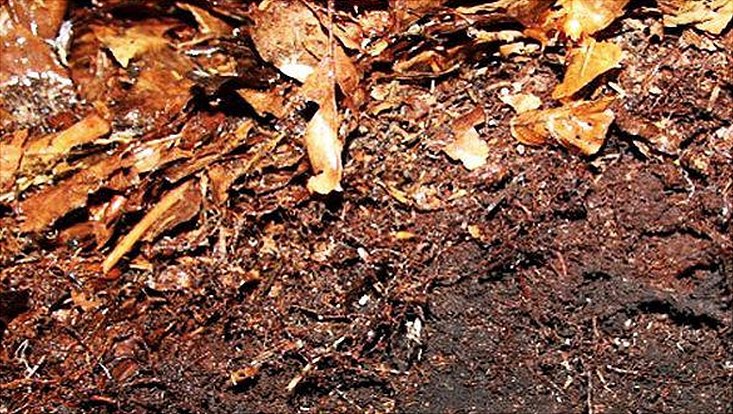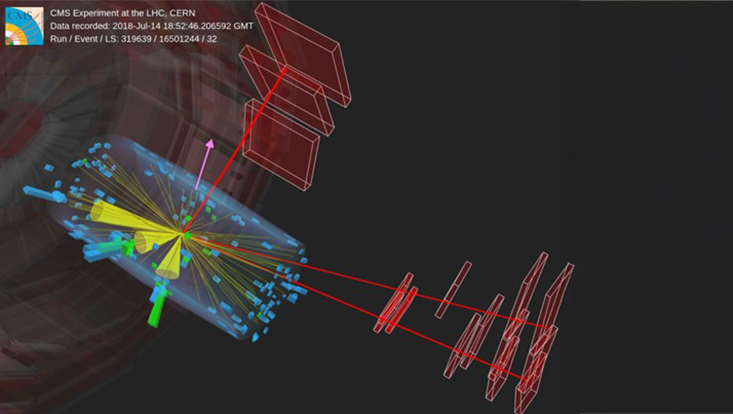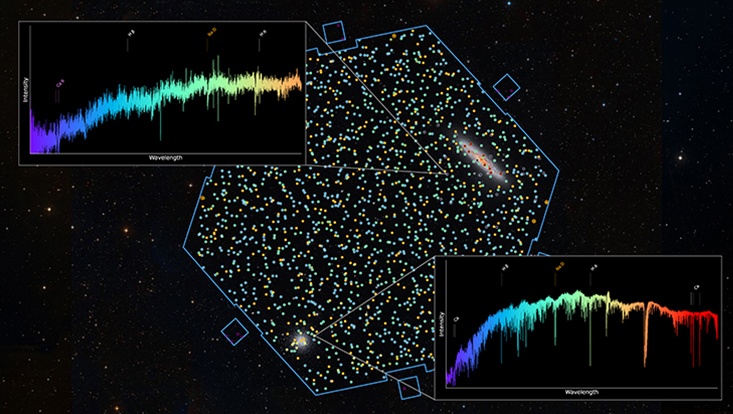and Natural Sciences
New DFG Research Group on Soil EcologyVulnerability of the forest floor under climate change
20 April 2022, by MIN-Dekanat

Photo: Friederike Lang
The forest floor is the central hub of the forest ecosystem, where organic matter, nutrients, water, and gases are stored, absorbed, and transformed. Many processes that are crucial to the properties of the entire soil or even the ecosystem occur in the forest floor. At the same time, it is particularly sensitive to climatic changes. A new Deutsche Forschungsgemeinschaft (DFG, German Research Foundation) research group with the participation of Universität Hamburg will investigate the functioning, dynamics, and vulnerability of the forest floor of forests under increasing temperature in more detail. The DFG will support the group from July 2022 for an initial four years with a total of 4.8 million euros.
The forest floor, a layer of dead biomass in various stages of decomposition, covers the mineral soil in forests and nourishes the biotic community. Under the motto "Forest floor: Functionality, Dynamics and Vulnerability under Change", twelve different international research projects are joining forces to form a joint project. The goal of the overall project is to more accurately predict the vulnerability of the forest floor and its associated services for forests under climate change. "The funding allows us to continue a great interdisciplinary collaboration on forest soils, which we have already found very gratifying, stimulating, and successful during the application phase," says Heisenberg Professor Dr. Ina Meier from the Department of Biology at Universität Hamburg and co-applicant within the research group. The project will provide qualification and research opportunities for twelve doctoral students as well as a coordination position.
The research team will observe and experimentally investigate the influence of nutrient availability and climate warming on the functions and services of the forest floor in twelve mixed beech forests in Germany and Switzerland. The arc spans from elemental cycles to architecture, from microbiome to soil fauna, from seedlings to adult trees, and from experimental observation to process modeling. A special focus of the research group is the comparison of the forest floor in differently mycorrhizal tree species, i.e., trees in which the roots have entered into a symbiosis with fungi.
Prof. Dr. Ina Meier will focus with her subproject ‑ together with her co-applicants Prof. Dr. Martin Bidartondo (Imperial College London) and Dr. Laura Suz (Royal Botanic Gardens, Kew) ‑ on the functions of this symbiosis between tree roots and mycorrhizal fungi in the forest floor. "We plan to use a combination of Sanger and next generation sequencing, isotope fractionation analyses, and litter decomposition experiments for a better understanding of cause and effect" says Prof. Meier.
The spokesperson of the research group is Prof. Dr. Friederike Lang of the University of Freiburg, who is joined by the Universities of Göttingen and Copenhagen, the Technical University of Munich, Imperial College London, the Swiss Federal Institute for Forest, Snow, and Landscape Research, the Helmholtz Center Munich, the Thünen Institute of Forest Ecosystems, the Forest Research Institute Freiburg, and the Royal Botanic Gardens Kew.


